Zigzag Salamander
Plethodon dorsalis
Status: Secure
The Zigzag Salamander is a small dark colored salamander that’s about 2.5 to 3.5 inches in length. They have a red or orange wavy or zigzag pattern on their backs. Some can be a brownish-gray color with no zigzag. The zigzag colors may appear different depending on what region the salamanders are located. In the southeastern areas, the zigzag pattern is red and in other regions the salamanders do not have the zigzag.
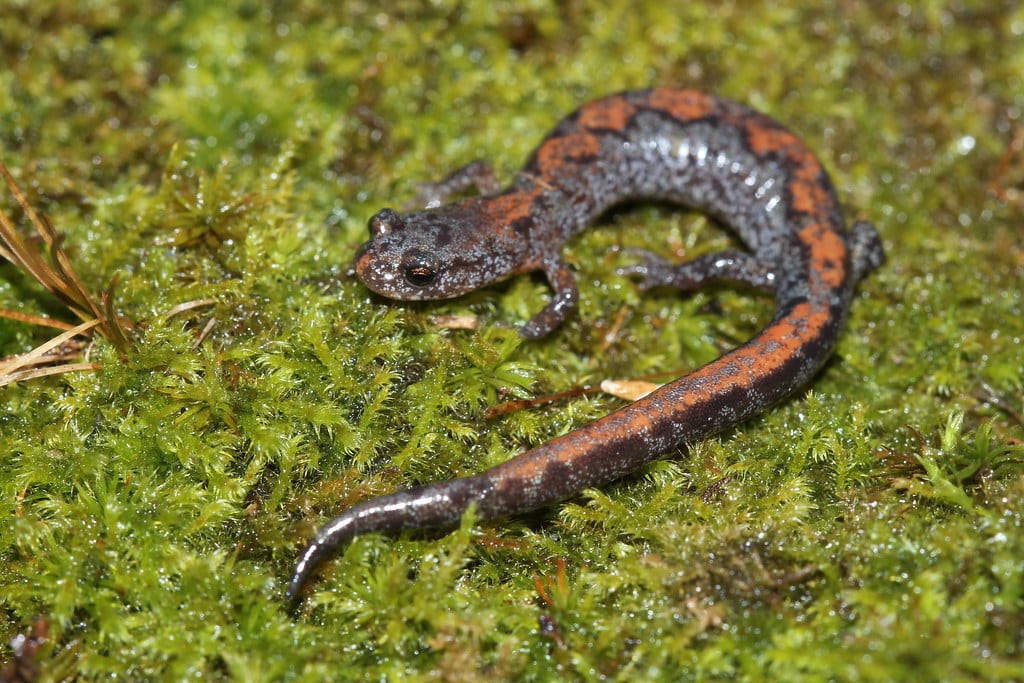
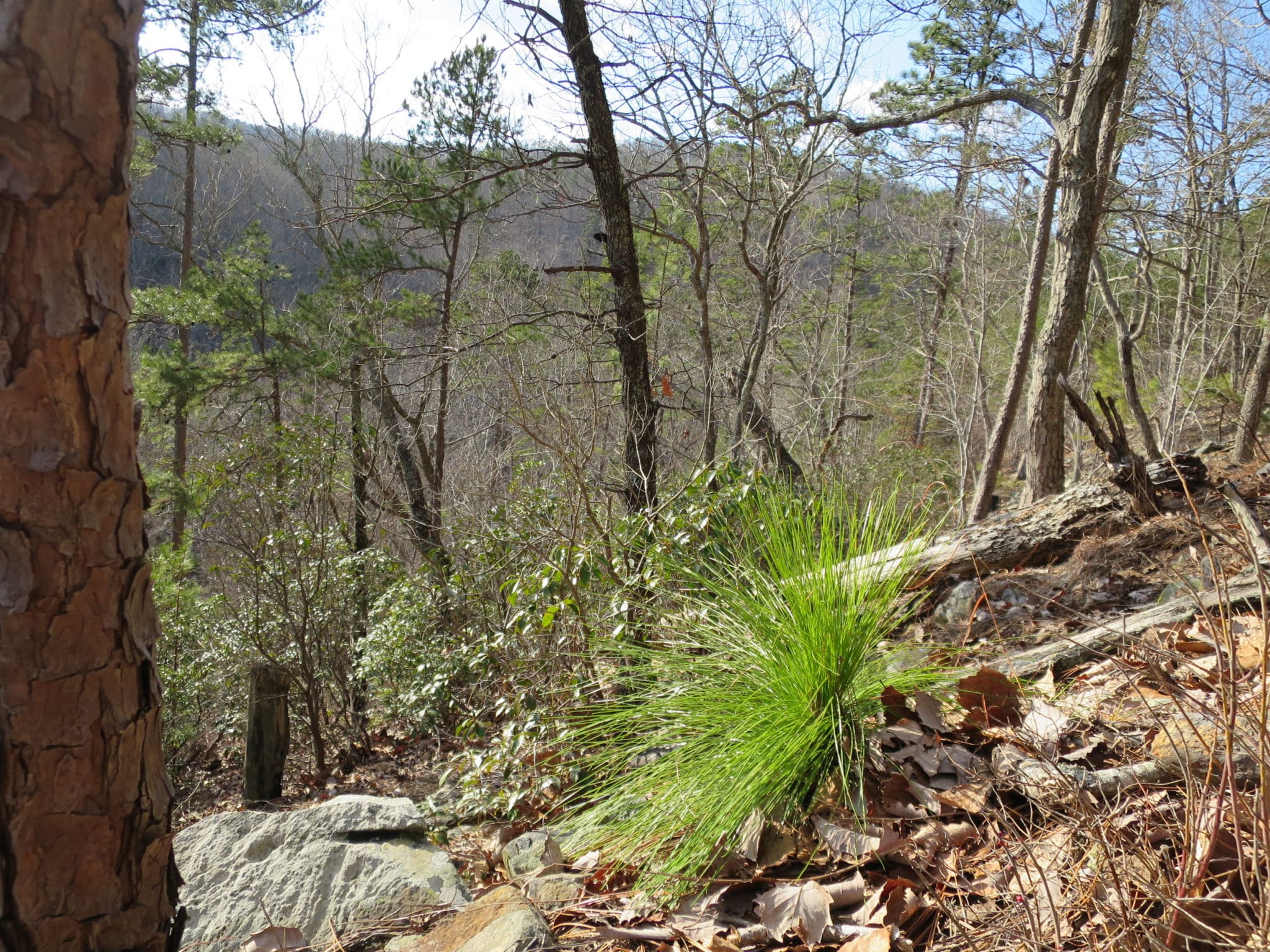
Habitat & Range
Zigzag salamanders are commonly found in moist habitats, rocky areas, and seasonally they can be found around caves and rocky springs. These salamanders are shy and they like to hide under rocks, logs, or debris. During the warmer seasons, they move deeper in the soil where it is cooler and moist. The zigzag salamanders have been found in Illinois, Kentucky, Indiana, and Tennessee.
Food Web & Energy Flow
The diet of zigzag salamanders consists of spiders, beetles, slugs, and earthworms. They are carnivores and also considered secondary consumers.
Relationship to Fire
Since most of the zigzag salamanders' food they consume depend on a healthy forest floor, frequent fires are important to them. The fires can help clear space on the forest floor which can provide more sunlight to the plants and more nutrients to the soil.
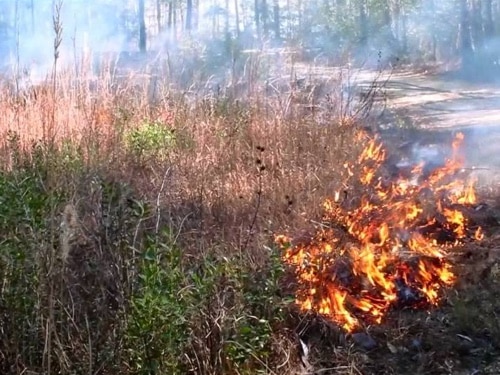
Conservation Status
The overall conservation status for zigzag salamanders is Secure. Although their population is not currently under a major threat, they are still experiencing habitat loss.
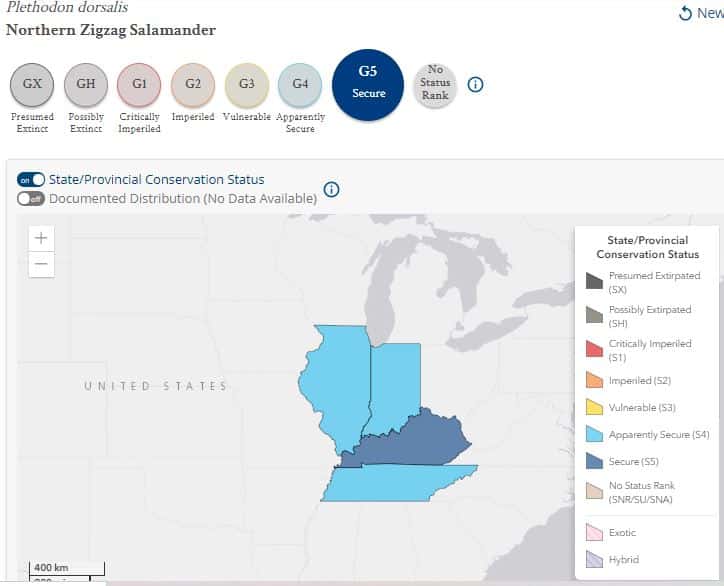
Human Impacts/ Threats
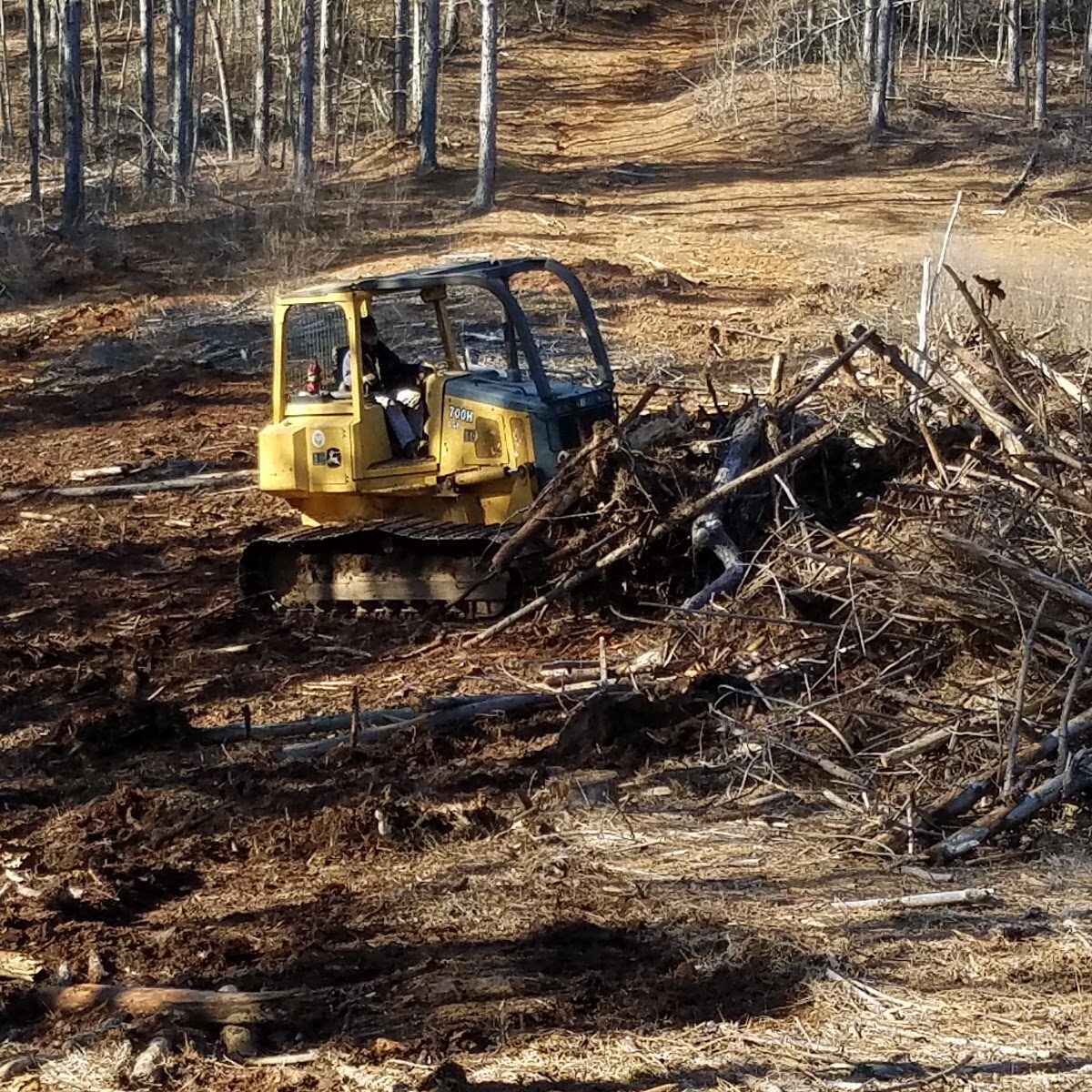
Land Use Conversion
Longleaf forests and the habitat it supports is being cleared or converted to use the land for other uses like houses, roads, agriculture, and even to grow different types of trees to sell.

Fire Suppression
Many people think of fires in the forest as bad, so they work hard to prevent or suppress them. But longleaf forests NEED regular fire to support habitat for the species that live there!
Resources
Tennessee Wildlife Resources Agency. Northern Zigzag Salamander
Indiana Herp Atlas. Zigzag Salamanders
Illinois Natural History Survey - Prairie Research Institute. Herpetology Collection
